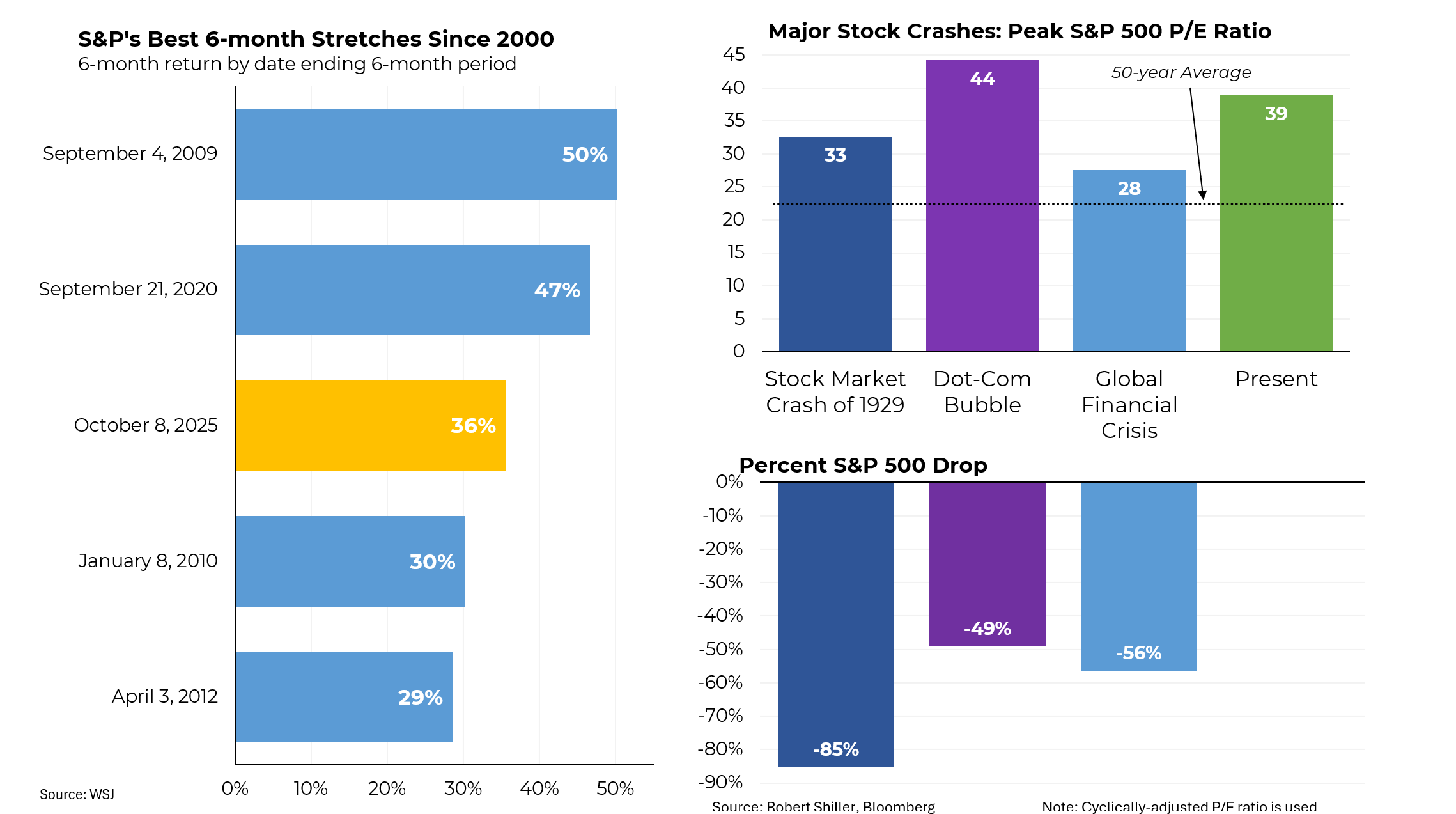Originally published in the New York Times
FOR the typical American, the past decade has been economically brutal: the first time since the 1930s, according to some calculations, that inflation-adjusted incomes declined. By 2010, real median household income had fallen to $49,445, compared with $53,164 in 2000. While there are many culprits, from declining unionization to the changing mix of needed skills, globalization has had the greatest impact.
Yes, globalization. The phenomenon that free traders like me adore has created a nation of winners (think of those low-priced imported goods) but also many losers. Nowhere have these pressures been more intense than in the manufacturing sector, which I saw firsthand as head of President Obama’s Auto Task Force.
A typical General Motors worker costs the company about $56 per hour, which includes benefits. In Mexico, a worker costs the company $7 per hour; in China, $4.50 an hour, and in India, $1 per hour. While G.M. doesn’t (yet) achieve United States-level productivity in China and India, its Mexican plants are today at least as efficient as those in the United States.
G.M. has responded with inarguable logic. While reducing its United States hourly work force to 50,000 from 89,000 over the past five years, its Mexican hourly head count has risen, to 9,235 from 9,073.
Pressed by high unemployment and eager to keep jobs in this country, the United Auto Workers agreed that companies could cut their costs by hiring some workers at $14 an hour, with lower benefits. Most recently, Volkswagen arrived in Chattanooga, Tenn., with 2,000 much-welcomed jobs — but all with starting pay of $14.50 per hour. At this pay rate, although some workers will quickly exceed it at that plant, yearly income would be $30,000 per year, hardly the American dream of great middle-class jobs.
In these troubled times, any jobs are surely welcome. But we need to reverse the decline in incomes, and this requires a more thoughtful approach than the pervasive, politically attractive happy talk nostalgically centered on restoring lost manufacturing jobs.
So let’s start by acknowledging that just as occurred decades ago with agriculture, the declining role in our economy of manufacturing, which over the last half-century is down from 32 percent of the work force to 9 percent, will continue. Let’s also recognize that retreating into protectionism would turn a win-lose into a lose-lose.
And even if organized labor could force wage rates back up, that would hardly help domestic manufacturing compete against lower-cost imports.
Instead, we should follow the example of successful high-wage exporters in concentrating on products where we have an advantage, as Germany has done with products like sophisticated machine tools.
While America still leads in sectors like defense and aviation, our greatest strength, and a source of high-paying jobs, lies in service industries with high intellectual content, like education, entertainment, digital media, and yes, even financial services. Facebook, Google and Microsoft are all American creations, as are the global credit card companies American Express, Visa and MasterCard.
Achieving higher wages also requires a greater commitment to education; wages for those with college degrees rose 1.4 percent between 2000 and 2010, after inflation. Following the German model of greater emphasis on engineering and technical training would also be advantageous.
Finally comes the tricky question of what role government should play. The prospect of Washington lurching into the private sector is terrifying, as illustrated by the debacle of Solyndra, the solar energy company that failed with $535 million of taxpayer loans. While countries like China have put large resources behind industries they want to nurture, we should resist the temptation to plunge deeply into industrial policy. Particularly in its current dysfunctional condition, Washington is ill-equipped to pick winners and should concentrate its capital on infrastructure and other public investments that the private sector won’t make.
To assist the private sector, particularly young companies, which are the biggest source of new hiring, tax incentives could be used to foster the creation of well-paying jobs.
In addition, the Kauffman Foundation, which focuses on entrepreneurship, has identified other possible solutions, including providing visas to entrepreneurs, easing access to public financing markets and reform of the patent and regulatory apparatus. Sadly, Congress shows little sign of addressing all of this.
With global competition and its pressure on American wages intensifying, American workers deserve a more focused approach from Washington.





